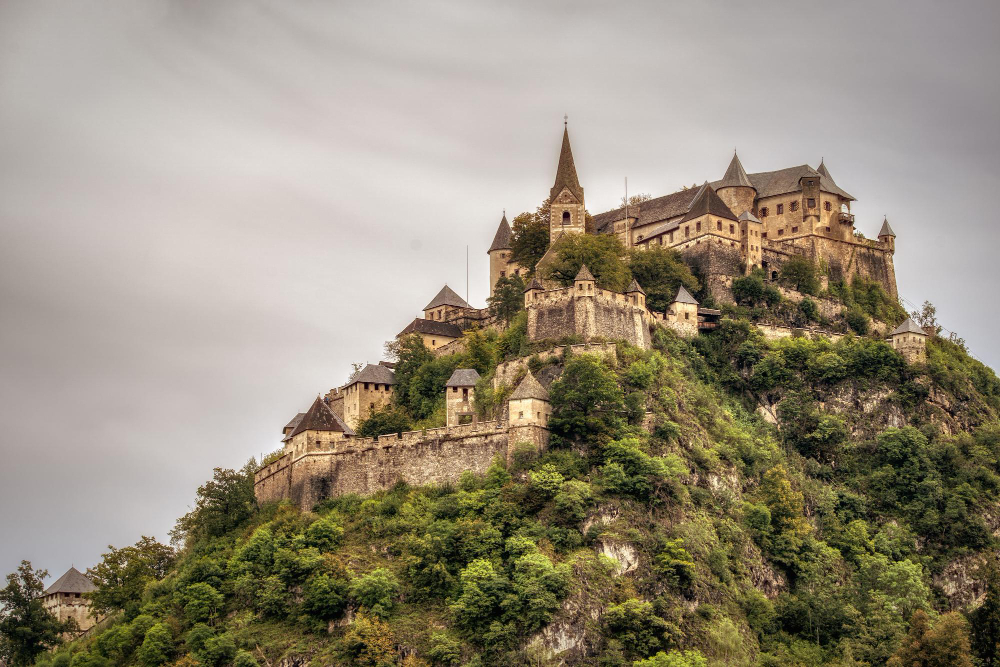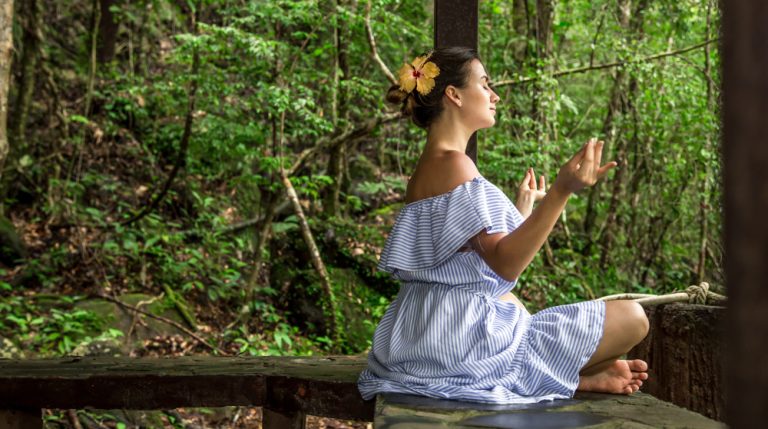Castelnaud la Chapelle is one of France’s most picturesque villages, nestled in the heart of the Dordogne Valley. While many travelers come for the stunning castle views and medieval charm, this village is brimming with surprising stories and unique features that few know about. In this article, we uncover 10 fascinating facts about Castelnaud la Chapelle that will deepen your appreciation for this enchanting destination.
1. The Castle Was Built to Oppose a Rival Fortress
Château de Castelnaud wasn’t just built for protection—it was built directly across from Château de Beynac, its rival. During the Hundred Years’ War, the two castles represented opposing sides: Castelnaud supported the English, while Beynac supported the French.
This dramatic standoff turned the valley into a front line, with the two fortresses eyeing each other across the Dordogne River. Their rivalry adds layers of historical intrigue to the village’s scenic setting.
2. It’s Officially One of France’s “Most Beautiful Villages”
Castelnaud la Chapelle holds the prestigious title of “Les Plus Beaux Villages de France” (The Most Beautiful Villages of France), a label awarded to only a select few villages that meet criteria like historical significance, architecture, and preservation.
This accolade reflects not just the village’s stunning views but also its commitment to maintaining its medieval character and authentic atmosphere.
3. The Castle Is a Living Museum of Medieval Warfare
Château de Castelnaud houses France’s premier museum of medieval warfare. It features an extensive collection of authentic and replica weapons, including swords, armor, siege engines, and trebuchets.
You can even see full-sized catapults demonstrated during summer months. The museum brings medieval history to life and is especially engaging for children and military history buffs.
4. The Village Has Only a Few Hundred Residents
Despite its fame and tourist appeal, Castelnaud la Chapelle remains a tiny village with fewer than 500 inhabitants. This small population helps preserve its charm and quiet pace.
It also means you can experience a genuine connection with the locals, who often run the shops, restaurants, and guesthouses. The intimacy of village life is part of what makes a visit here so special.
5. The Village Was Occupied by the English in the Middle Ages
During the 12th and 13th centuries, the English controlled Castelnaud la Chapelle and used its castle as a military outpost. It played a significant role in the shifting territorial battles between England and France.
Eventually, the French retook the fortress, but the marks of English occupation remain in the layout and defenses of the castle. It’s a prime example of how medieval European politics shaped the region.
6. It Inspired Artists and Photographers for Generations
Thanks to its dramatic geography and fairy-tale scenery, Castelnaud la Chapelle has long been a source of inspiration for painters, writers, and photographers. The juxtaposition of the castle against rolling green hills and the Dordogne River is particularly photogenic.
Many travel publications and guidebooks feature its iconic view from the river, helping make it a symbol of the Dordogne itself.
7. Castelnaud Has Its Own Secret Tunnels
Legend and local lore speak of hidden tunnels beneath Castelnaud la Chapelle, used in times of siege or to escape from the castle undetected. While few are open to the public today, some remnants and sealed entrances are visible in the stone walls.
These tunnels are a testament to the clever engineering and strategic thinking of medieval builders.
8. You Can Still See the Original Drawbridge
Château de Castelnaud retains a functioning drawbridge, one of the few remaining operational examples in the region. Walking across it gives visitors a true sense of what it was like to enter a medieval stronghold.
The drawbridge leads into the inner courtyard and is surrounded by high defensive walls, making it a highlight of any visit.
9. It Has Been Used as a Film Location
Thanks to its preserved medieval appearance, Castelnaud la Chapelle has served as a film location for various historical movies and documentaries. Filmmakers are drawn to its authenticity and unspoiled setting.
While the village hasn’t reached the level of cinematic fame as nearby Sarlat, its quiet beauty makes it a perfect backdrop for medieval dramas.
10. The Village Hosts Traditional Events and Festivals
Despite its small size, Castelnaud la Chapelle celebrates its heritage through seasonal festivals and medieval reenactments. During summer, the castle hosts events with actors in costume, music performances, and demonstrations of medieval crafts.
These experiences provide a festive atmosphere and a deeper connection to the village’s rich past. They’re especially fun for families and history lovers.
Conclusion: A Village of Surprises
Castelnaud la Chapelle may appear like a quiet riverside village, but it’s full of stories, secrets, and fascinating details that bring it vividly to life. From its role in historical wars to its living museum and artistic legacy, there is so much more than meets the eye.
Whether you’re standing atop the castle walls, enjoying a riverside meal, or discovering local legends, Castelnaud reveals a new layer with every visit. Let these fascinating facts guide your next journey to one of France’s most enchanting places.
FAQs
1. What does “Castelnaud la Chapelle” mean?
The name comes from “Castelnaud,” meaning “new castle,” and “la Chapelle,” referring to a nearby chapel. Together, they describe the village that grew around the castle and religious site.
2. Can you visit Château de Castelnaud year-round?
Yes, the castle is open most of the year, though hours vary by season. Winter visits may be quieter but still offer full access to exhibits and views.
3. Are the festivals open to tourists?
Absolutely. The summer medieval festivals and castle events are designed for tourists and locals alike, with plenty of interactive activities and entertainment.
4. Is it easy to get to Castelnaud la Chapelle?
The village is accessible by car from nearby Sarlat or Beynac. Public transportation is limited, so renting a car is recommended for ease of travel.
5. Are guided tours available?
Yes, both the castle and the village offer guided tours, often available in multiple languages. These tours add rich context to your visit and are well worth considering.
Also read : Nosy Be: 10 Breathtaking Beaches You Must Visit




Leave a Comment